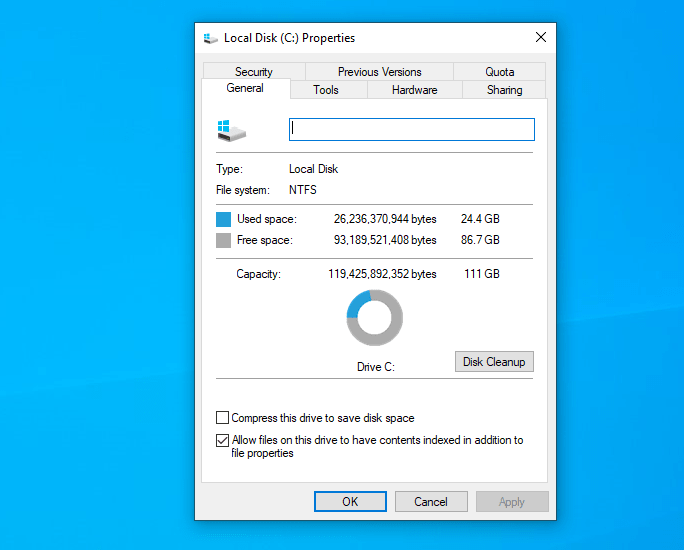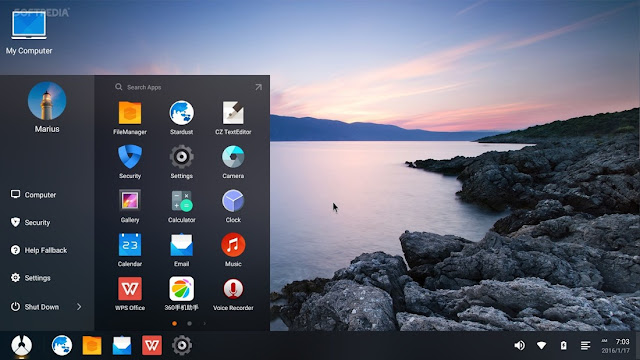
b isolinux/isolinux.bin -c isolinux/boot.cat -no-emul-boot \ Mkisofs -A “$DISC_NAME” -V “$DISC_NAME” -J -R -v -T \ (Should take around 5 minutes to complete) (PLEASE NOTE THE “.” at the end of the command – this stands for “current directory”, don’t forget to put this at the end of the command!) # mkisofs -A “RHEL 5.4 ” -V “RHEL 5.4 ” -J -R -v -T -b isolinux/isolinux.bin -c isolinux/boot.cat -no-emul-boot -boot-load-size 4 -boot-info-table -o /opt/kickstart/rhel-5.4-x86_64-custom.iso. By way of example, my shell scripts follow the commands: You might want to put it in a small shell script and execute it that way to avoid typo errors. Now you execute the “mkisofs” command to create the custom ISO file. In my case, I decided to call it “RHEL-version-arch-custom.iso”, where version represents the release (such as 5.4) and arch represents the machine architecture (such as i386 or x86_64). The creation/customization of the kickstart (ks.cfg) file is discussed elsewhere.ĭecide what the ISO image will be called. (basically removing the ks section and altering the linux and text sections to point to the ks.cfg file)Īppend initrd=initrd.img ks=cdrom:/isolinux/ks.cfgĪppend initrd=initrd.img text ks=cdrom:/isolinux/ks.cfg Now alter the isolinux.cfg file to boot directly to the ks.cfg file, so it should look like the following: Red Hat says the kickstart file (ks.cfg) needs to be placed in the isolinux directory under the ISO root:


However, my intent was to build something of an appliance so have only one ks.cfg and as you’ll see later I alter the kernel args to only boot to it. You could use multiple versions of ks.cfg here, and specify the desired file at boot/install. | (cd /opt/kickstart/x86_64-iso tar xvpf -)

Recreate the DVD in respective dir (32-bit or 64-bit) as created above (make sure you’re still in /media/cdrecorder): (make sure you are in the top-level of mounted DVD, should still be in /media/cdrecorder) (see how much space will be necessary to recreate this DVD on the server hard drive) # mount -o loop /opt/kickstart/rhel-server-5.4-x86_64-dvd.iso /media/cdrecorder Place source DVD in tray (Source DVD is the RedHat install DVD) or download the rhel_install_DVD ISO image.Įxecute “mount” command to figure out path to source DVD. Just change the image or directory names accordingly. The directions below use the x86_64 architecture as the examples but everything works the same with the i386 architecture. This was all staged on a RHEL 5.4 X64 Server under the directory structure below: ** You’ll also want to change to whatever you’re using (64 or 32 bit).

** use i386 for 32-bit systems and x86_64 for 64-bit systems. # Red Hat docs, Google and the CentOS Wiki. # based on excellent instructions at as well as information gleaned from


 0 kommentar(er)
0 kommentar(er)
